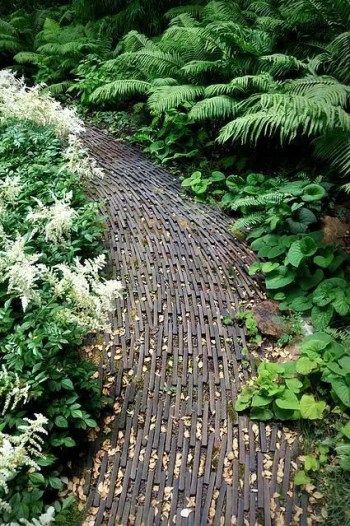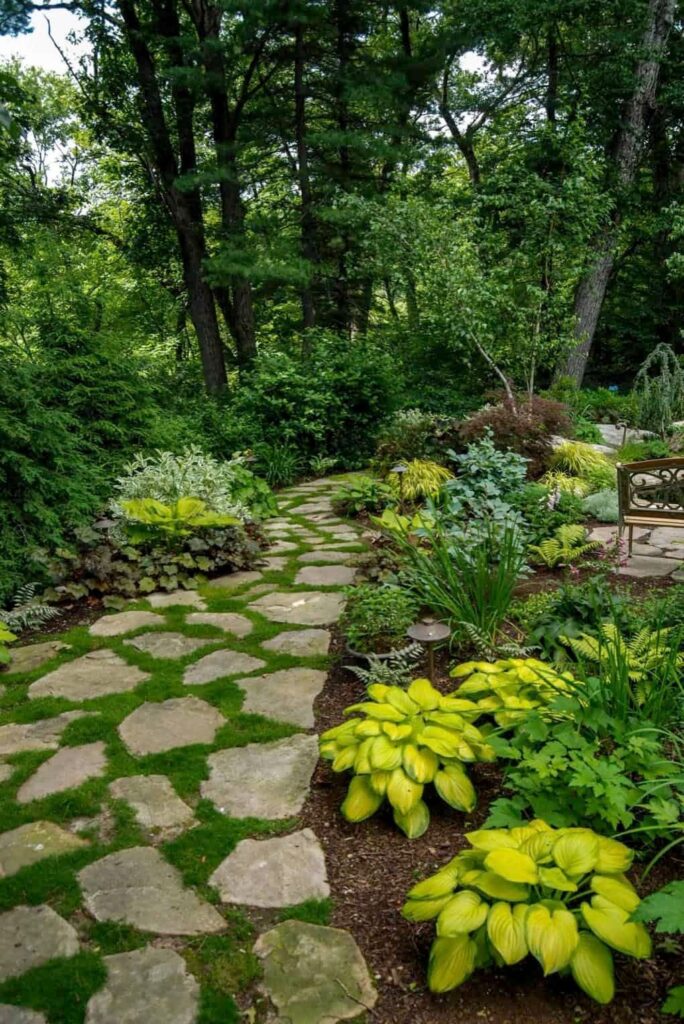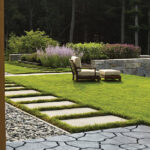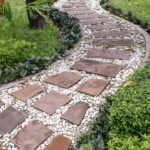Garden paths and walkways are an essential element of any outdoor space, providing both practicality and aesthetics to the landscape. Paths function to guide visitors through the garden, while walkways offer a designated space for strolling and enjoying the beauty of the surroundings. When properly designed, these features can enhance the overall appearance of the garden and create a sense of cohesion and organization.
There are numerous materials that can be used to create garden paths and walkways, each offering its own unique benefits and characteristics. For a more natural look, gravel or crushed stone paths are a popular choice, providing a rustic and charming aesthetic. Pavers and bricks are another common option, offering a more formal and structured appearance that can be easily customized to fit the garden’s design. Other materials such as flagstone, concrete, and wood are also popular choices, each providing a different look and feel to the garden.
In addition to choosing the right materials, it is important to consider the layout and design of the paths and walkways. Curved paths can add visual interest and create a meandering journey through the garden, while straight paths offer a more direct route and can help define different areas of the landscape. Mixing materials and incorporating different patterns and textures can also add depth and character to the garden, making it more visually appealing.
When designing garden paths and walkways, it is essential to consider practicality and functionality. Paths should be wide enough to comfortably accommodate foot traffic and any necessary equipment, such as wheelbarrows or lawnmowers. Proper drainage is also crucial to prevent water pooling and ensure the longevity of the paths. Adding lighting along the walkways can enhance safety and create a welcoming ambiance, allowing for nighttime strolls and enjoyment of the garden after dark.
Garden paths and walkways can also be used to showcase and highlight specific areas of the garden, such as a favorite plant or focal point. By strategically placing paths and walkways, gardeners can draw attention to certain features and create a sense of discovery and surprise as visitors explore the landscape. Incorporating seating areas along the paths can provide opportunities to take a break and enjoy the garden, while adding plantings and other decorations can further enhance the beauty of the space.
Overall, garden paths and walkways play a crucial role in the design and functionality of outdoor spaces, offering both practical benefits and aesthetic appeal. By carefully selecting materials, designing layouts, and considering functionality, gardeners can create paths and walkways that enhance the overall beauty and enjoyment of their gardens. Whether creating a formal garden or a cozy backyard retreat, paths and walkways are a key element in shaping the landscape and inviting visitors to explore and appreciate the beauty of nature.

















